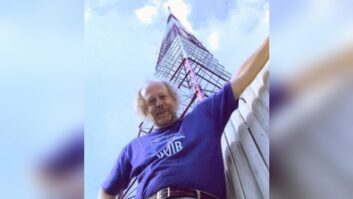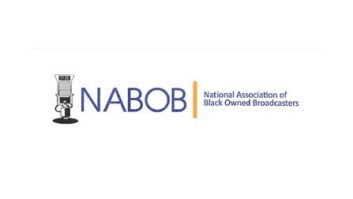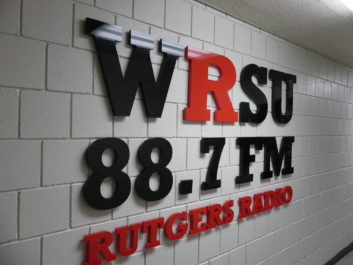
WRSU(FM) 88.7 FM is the student voice of Rutgers University, with studios on the main campus in New Brunswick, N.J. The station broadcasts from the Student Center as it has done since 1969.
Over those 50 years, WRSU navigated the challenges inherent in using analog equipment that often was near the end of its life cycle. But originating a broadcast schedule that includes three daily newscasts, music shows, live performance programs and more than 150 local and remote sports broadcasts a year was difficult under any circumstances; and the station felt that its product needed more focus on its audio luster.
Mike Pavlichko is the broadcast administrator and advisor for WRSU. “Our main studio was done [rebuilt] 10 years ago, but nothing else had really been touched in 30 years,” he said.
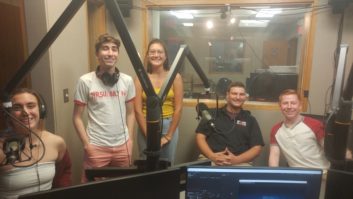
Courtesy WRSU
There were three 2-inch conduits interconnecting the studios; the conduits were full of wires, many of which weren’t connected to anything after years of patches upon patches being applied to equipment to keep the station on the air.
Nick Straka’s company NS Engineering had done projects for WRSU including a news production studio and a transmitter upgrade; he was called in to help plan what would come next. Straka is an SAS field applications and sales engineer, with much of his work done in the greater New York City area (there are large SAS installations at iHeart NYC, New York Public Radio, CBS News Radio, Fox News Radio and ESPN). Straka also heads broadcast integration company DNAV, along with Daniel Hyatt.
“The more we went through the planning phase, said Straka, “the more it became obvious to put the station on auto-pilot and gut everything out.”
MASHED AND SMASHED
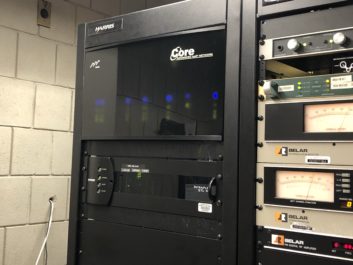
Photo by Nick Straka
For two and a half months over the summer break in 2019, the station played recorded programs on the air while every bit of legacy analog wiring between the three studios was removed. WRSU transitioned from an analog plant with some digital sources, to an AoIP plant with some analog sources.
At the beginning, they found that legacy wiring was unlabeled, and used nonstandard connections.
“We found daisy chained distribution amps; each (audio) bus had a different AGC looped on it. By the time the audio got to the Orban Optimod 8600 at the transmitter, it had been mashed and smashed,” Straka said.
After the removal of analog equipment and installation of the AoIP architecture, all audio between the studios (newsroom, production and air) is now carried on one Cat-6 cable in one conduit.
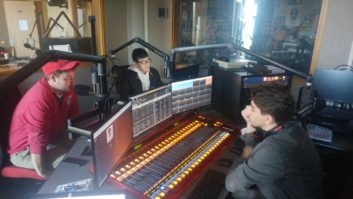
Courtesy WRSU
The heart of WRSU’s facility is an SAS Core64 Audio Engine. Straka says the Core64 provides dependable flexibility and expandability for future expansion (up to 512 by 512 channels). “If more AES67/Dante capacity is needed, it’s easy to slide in another card in the frame,” he said.
[Read: John Storyk on Podcast Studio Design]
When WRSU wanted to add a second preparation-and-playback personal computer in the air studio for the morning show, the installation was no more complex than downloading a driver for the PC and connecting that PC to the SAS crosspoint map. That process took two minutes.
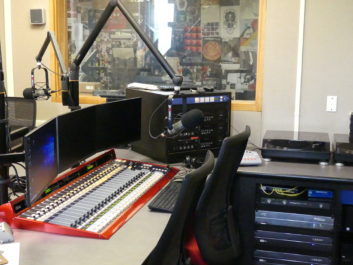
Photo by Paul Kaminski
In the Main and Production studios, SAS 28.3 iSL consoles (bearing the Rutgers scarlet color) are installed in custom furniture from Studio Technology. Each of those consoles are connected to SAS Rio Bravo IP engines. All of the 24 main sources have their own faders, which makes training and operation easier for WRSU’s students and community volunteers.
[Read other great articles from the Nov. 20 issue of Radio World]
Now any audio source in the plant can be called up for broadcast, and the consoles can be reconfigured quickly to meet programming requirements.
For more flexibility, Henry Engineering Multiports are installed in each studio, so programmers can connect their audio sources from personal music collections, and play those sources through the console. Denon DN-C635 CD players were recycled from the previous installation.
The 50-year-old space in the Student Center is concrete block, so moving walls to facilitate the installation wasn’t possible. Technical equipment was installed in the main studio. Once that equipment was relocated, Straka says Studio Technology took custom measurements to design and build an air studio that, for the first time, allowed guests to sit across from the hosts.
General Manager Justin Sontupe said, “We are kind of the college radio sound. If you go on Spotify, you can find different playlists, top 40, etc. Here, we have some of the not-as-popular music, not as mainstream. What you hear on 88.7, you’re not going to hear elsewhere.” To help Sontupe and the music department support that content, WRSU installed an RCS Zetta automation system with RCS Gselector music scheduling software.
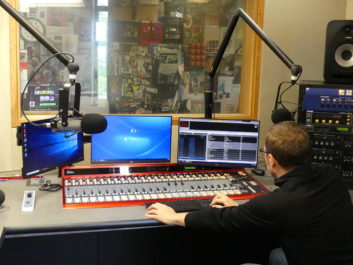
Photo by Paul Kaminski
Automation is used to run overnights and assist with live programming. The RCS system is being loaded with a library of tens of thousands of songs to reduce the reliance on CD playback, or worse, streaming a song from YouTube. Once the library is in place, students will learn voice tracking to fill the overnight hours.
Connections to the outside world are made with Comrex Access and Access NX codecs, which get a workout during football and basketball seasons. Telephone connections are made through a Comrex STAC phone system.
[QMusic and Joe Inaugurate New Studios]
The audio from the Student Center Studios feeds an STL consisting of a Harris Intraplex T1 as the main feed with Comrex BricLink as the backup. The STL feeds Orban Optimod 8600 processing. From there, WRSU uses two GatesAir FAX3 transmitters (main and standby) with ERP of 1,400 watts from a 190-foot tower on Rutgers property off Route 1. The station broadcasts from its original tower, three-bay antenna and concrete block building dating from its FM sign-on in 1971.
The cost for the upgrades for WRSU were estimated to be around $250,000.
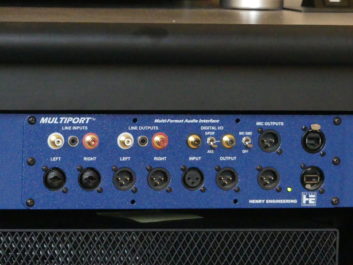
Photo by Paul Kaminski
The flexibility, digital wizardry and remodeling that went into this rebuild do more than future-proof the facility; they give the students an idea of what they may face in the broadcast environment off campus.
“That’s what we want to give them, the real-world experience. They’re going to go out and they’re going to have a leg up for that internship. They’re going to know how to use an automation system and audio over IP.”
Equipment Sampler
SAS Core64 Audio Engine
SAS iSL 28.3 Consoles (Main and Production)
SAS iSL 12.2 Console (Newsbooth)
SAS Rio Bravo IP engines (Main, Production and Newsbooth)
Pioneer PLX 500 Turntables
Henry Engineering Multiport
Yellowtec Mika! Mic and monitor arms
Comrex Access and Access NX IP codecs
Comrex STAC studio phone system
RCS Zetta Automation
RCS GSelector music scheduling software
iMedia Logger by Win-OMT
Studio furniture by Studio Technology
Acoustic Treatment by Sound Seal
Paul Kaminski, CBT, has been a Radio World contributor since 1997. Twitter: @msrpk_com Facebook: PKaminski2468.






